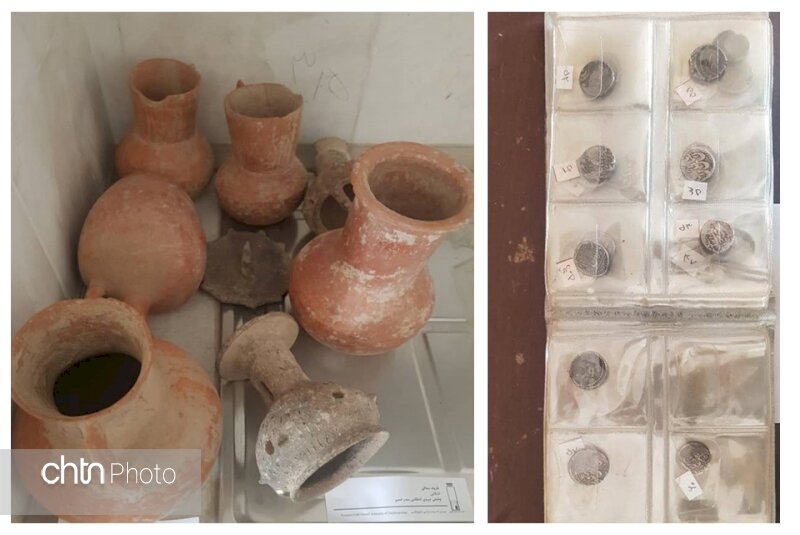Museum treasure troves being organized, documented in Bandar Abbas

TEHRAN –A total of 500 historical relics, being kept in the Persian Gulf Museum of Anthropology in Bandar Abbas, southern Hormozgan province, are being organized and documented, the provincial tourism chief has announced.
The relics include coins, potteries, glassware, and stone vessels, dating back from the prehistoric period to the Islamic era, Sohrab Banavand said on Monday.
A budget of 240 million rials ($5,700 at the official exchange rate of 42,000 rials per dollar) has been allocated to the project, which involves separation and classification of works, preparation of digital images, labeling, and registering on a databank, the official added.
The historical objects, which have been discovered during several archaeological excavations across the province, will go on display in the near future, he noted.
Iran is home to one of the world’s oldest continuous major civilizations, embracing settlements dating back to 4000 BC. It also hosts some of the world’s oldest cultural monuments including bazaars, museums, mosques, bridges, bathhouses, madrasas, gardens, rich natural, rural landscapes as well as 24 UNESCO World Heritage sites.
From a wider point of view, Iranian history can be divided into Pre-Islamic and Islamic eras. The Medes unified Iran as a nation and empire in 625 BC. The Islamic conquest of Persia (633–656) that put an end to the mighty Sassanid Empire (224–651) was a turning point in the history of the nation.
ABU/MG
